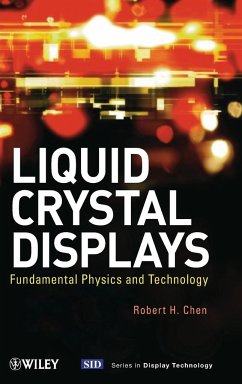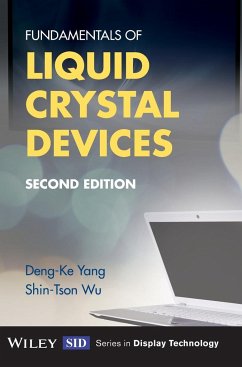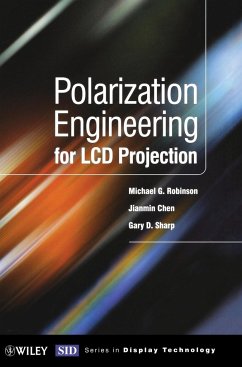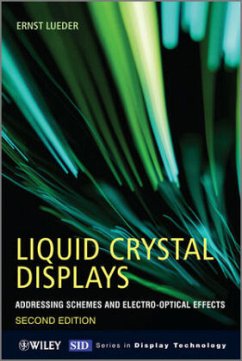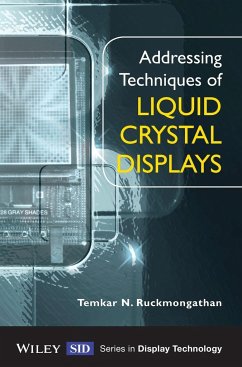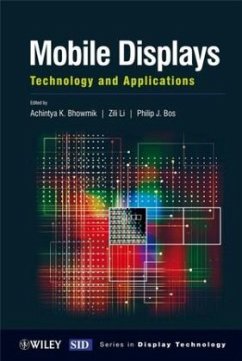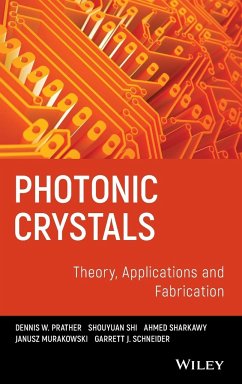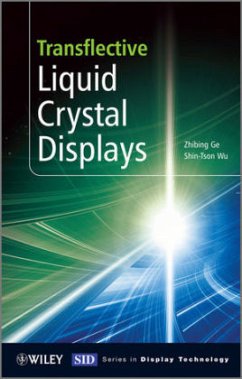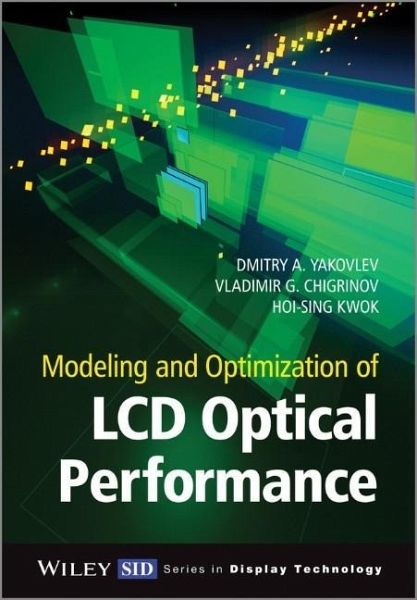
Modeling and Optimization of LCD Optical Performance
Versandkostenfrei!
Versandfertig in über 4 Wochen
104,99 €
inkl. MwSt.
Weitere Ausgaben:

PAYBACK Punkte
52 °P sammeln!
Focusing on polarization matrix optics in many forms, this book includes coverage of a wide range of methods which have been applied to LCD modeling, ranging from the simple Jones matrix method to elaborate and high accuracy algorithms suitable for off-axis optics. Researchers and scientists are constantly striving for improved performance, faster response times, wide viewing angles, improved colour in liquid crystal display development, and with this comes the need to model LCD devices effectively. The authors have significant experience in dealing with the problems related to the practical a...
Focusing on polarization matrix optics in many forms, this book includes coverage of a wide range of methods which have been applied to LCD modeling, ranging from the simple Jones matrix method to elaborate and high accuracy algorithms suitable for off-axis optics. Researchers and scientists are constantly striving for improved performance, faster response times, wide viewing angles, improved colour in liquid crystal display development, and with this comes the need to model LCD devices effectively. The authors have significant experience in dealing with the problems related to the practical application of liquid crystals, in particular their optical performance.
Key features:
Explores analytical solutions and approximations to important cases in the matrix treatment of different LC layer configurations, and the application of these results to improve the computational method
Provides the analysis of accuracies of the different approaches discussed in the book
Explains the development of the Eigenwave Jones matrix method which offers a path to improved accuracy compared to Jones matrix and extended Jones matrix formalisms, while achieving significant improvement in computational speed and versatility compared to full 4x4 matrix methods
Includes a companion website hosting the authors program library LMOPTICS (FORTRAN 90), a collection of routines for calculating the optical characteristics of stratified media, the use of which allows for the easy implementation of the methods described in this book. The website also contains a set of sample programs (source codes) using LMOPTICS, which exemplify the application of these methods in different situations
Key features:
Explores analytical solutions and approximations to important cases in the matrix treatment of different LC layer configurations, and the application of these results to improve the computational method
Provides the analysis of accuracies of the different approaches discussed in the book
Explains the development of the Eigenwave Jones matrix method which offers a path to improved accuracy compared to Jones matrix and extended Jones matrix formalisms, while achieving significant improvement in computational speed and versatility compared to full 4x4 matrix methods
Includes a companion website hosting the authors program library LMOPTICS (FORTRAN 90), a collection of routines for calculating the optical characteristics of stratified media, the use of which allows for the easy implementation of the methods described in this book. The website also contains a set of sample programs (source codes) using LMOPTICS, which exemplify the application of these methods in different situations



